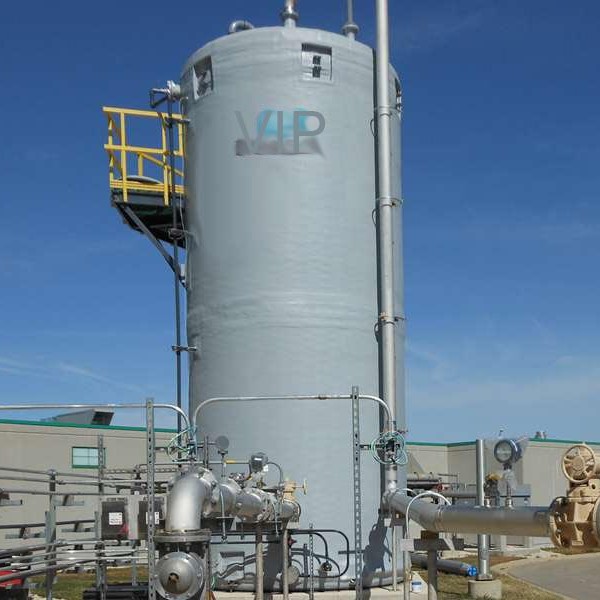
-
 Afrikaans
Afrikaans -
 Albanian
Albanian -
 Amharic
Amharic -
 Arabic
Arabic -
 Armenian
Armenian -
 Azerbaijani
Azerbaijani -
 Basque
Basque -
 Belarusian
Belarusian -
 Bengali
Bengali -
 Bosnian
Bosnian -
 Bulgarian
Bulgarian -
 Catalan
Catalan -
 Cebuano
Cebuano -
 China
China -
 China (Taiwan)
China (Taiwan) -
 Corsican
Corsican -
 Croatian
Croatian -
 Czech
Czech -
 Danish
Danish -
 Dutch
Dutch -
 English
English -
 Esperanto
Esperanto -
 Estonian
Estonian -
 Finnish
Finnish -
 French
French -
 Frisian
Frisian -
 Galician
Galician -
 Georgian
Georgian -
 German
German -
 Greek
Greek -
 Gujarati
Gujarati -
 Haitian Creole
Haitian Creole -
 hausa
hausa -
 hawaiian
hawaiian -
 Hebrew
Hebrew -
 Hindi
Hindi -
 Miao
Miao -
 Hungarian
Hungarian -
 Icelandic
Icelandic -
 igbo
igbo -
 Indonesian
Indonesian -
 irish
irish -
 Italian
Italian -
 Japanese
Japanese -
 Javanese
Javanese -
 Kannada
Kannada -
 kazakh
kazakh -
 Khmer
Khmer -
 Rwandese
Rwandese -
 Korean
Korean -
 Kurdish
Kurdish -
 Kyrgyz
Kyrgyz -
 Lao
Lao -
 Latin
Latin -
 Latvian
Latvian -
 Lithuanian
Lithuanian -
 Luxembourgish
Luxembourgish -
 Macedonian
Macedonian -
 Malgashi
Malgashi -
 Malay
Malay -
 Malayalam
Malayalam -
 Maltese
Maltese -
 Maori
Maori -
 Marathi
Marathi -
 Mongolian
Mongolian -
 Myanmar
Myanmar -
 Nepali
Nepali -
 Norwegian
Norwegian -
 Norwegian
Norwegian -
 Occitan
Occitan -
 Pashto
Pashto -
 Persian
Persian -
 Polish
Polish -
 Portuguese
Portuguese -
 Punjabi
Punjabi -
 Romanian
Romanian -
 Russian
Russian -
 Samoan
Samoan -
 Scottish Gaelic
Scottish Gaelic -
 Serbian
Serbian -
 Sesotho
Sesotho -
 Shona
Shona -
 Sindhi
Sindhi -
 Sinhala
Sinhala -
 Slovak
Slovak -
 Slovenian
Slovenian -
 Somali
Somali -
 Spanish
Spanish -
 Sundanese
Sundanese -
 Swahili
Swahili -
 Swedish
Swedish -
 Tagalog
Tagalog -
 Tajik
Tajik -
 Tamil
Tamil -
 Tatar
Tatar -
 Telugu
Telugu -
 Thai
Thai -
 Turkish
Turkish -
 Turkmen
Turkmen -
 Ukrainian
Ukrainian -
 Urdu
Urdu -
 Uighur
Uighur -
 Uzbek
Uzbek -
 Vietnamese
Vietnamese -
 Welsh
Welsh -
 Bantu
Bantu -
 Yiddish
Yiddish -
 Yoruba
Yoruba -
 Zulu
Zulu
grp shell
Understanding GRP Shell A Versatile Material for Modern Applications
GRP, or Glass Reinforced Plastic, is a composite material that has revolutionized various industries due to its remarkable properties. It combines the strength of glass fibers with the flexibility of plastic, resulting in a lightweight yet durable substance. One of the prominent forms of GRP is the GRP shell, which has gained significant attention for its applications in sectors such as construction, automotive, and marine industries. This article delves into the characteristics, benefits, and diverse applications of GRP shells.
Characteristics of GRP Shell
The GRP shell is made by combining glass fibers with resin, typically polyester or epoxy. The process starts with the arrangement of glass fibers, which provide tensile strength, followed by the application of resin that binds these fibers together. This method results in a product that is not only resistant to corrosion but also immune to the deteriorating effects of various environmental factors, including moisture and UV rays.
Additionally, GRP shells can be molded into various shapes and sizes, offering unparalleled design flexibility. This adaptability is crucial in meeting the specific requirements of different applications. The lightweight nature of GRP compared to traditional materials such as metal or wood also contributes to its popularity, as it allows for easier handling and installation.
Benefits of GRP Shell
One of the primary advantages of GRP shells is their exceptional durability. The material can withstand harsh weather conditions and significant impacts without compromising structural integrity. This durability translates into a longer lifespan, which is both economically beneficial and environmentally friendly, reducing the frequency of replacements and repairs.
Another significant benefit is the material’s low maintenance requirements. Unlike metals, which may require regular painting or treatments to prevent rusting, GRP shells need minimal upkeep, making them a cost-effective option over time.
grp shell

Moreover, GRP is an insulating material, making it an excellent choice for applications where thermal and acoustic insulation is essential. This property is especially valuable in construction, where energy efficiency and noise reduction are priorities.
Applications of GRP Shell
The versatility of GRP shells allows them to be used in a wide range of applications. In the construction industry, they are utilized for cladding, roofing, and as integral components in modular buildings. Their lightweight nature and ease of installation can significantly reduce labor costs on construction sites.
In the automotive sector, GRP shells are commonly used for body panels, bumpers, and other components that require a combination of strength and lightweight design. The automotive industry benefits from GRP’s impact resistance and potential for improved fuel efficiency due to reduced vehicle weight.
The marine industry has also embraced GRP shells for boat hulls and ship construction. The material’s resistance to saltwater corrosion and adaptability make it an ideal choice for marine applications, enhancing longevity and performance.
Conclusion
The GRP shell exemplifies a remarkable advancement in materials science, offering a blend of strength, durability, and versatility. Its applications span various industries, from construction to automotive and marine, highlighting its significance in modern manufacturing. As industries continue to seek sustainable and cost-effective solutions, the role of GRP shells is likely to expand, paving the way for innovations and advancements in material technology. As we move forward, understanding and leveraging the benefits of GRP shells will be crucial for both manufacturers and consumers alike.









